
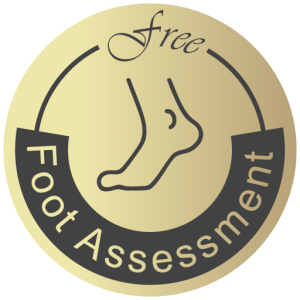
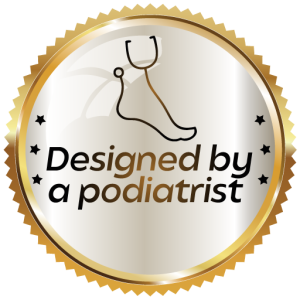

Heel pain is a common problem that affects the feet and hinders daily activities. It often results from repetitive stress or inflammation of soft tissues. Therefore, understanding its causes and adopting effective prevention strategies are essential for maintaining foot health and avoiding persistent pain and future complications.
There are multiple underlying causes for this problem, and understanding them is the first step towards effective treatment and prevention. When someone asks, “If your heel hurts, what could it be?” the answer often lies in one of the following conditions:

A set of simple and effective preventive measures can be followed to reduce the risk of heel pain and prevent its worsening:
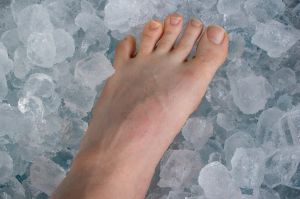
Footwear plays a pivotal role in foot health, as wearing inappropriate shoes is a major cause of heel pain. Traditional narrow, high-heeled shoes place the foot in an unnatural position and dramatically increase pressure on specific areas, causing the common problem of high heels pain and contributing to Achilles tendon shortening.
The fundamental principle of prevention lies in choosing healthy shoes that allow the foot to function naturally. These shoes feature a wide toe box and a flexible, flat sole, which reduces the shock experienced by the heel and enhances the body’s natural balance. Life Balance company offers a range of healthy shoes that adhere to these standards to support foot function and protection.
Medical insoles are an effective tool for relieving pain and correcting biomechanical problems that may contribute to heel pain. Using foot insoles for foot pain helps provide additional support and shock absorption, reducing stress on the plantar fascia and other sensitive foot structures. These supports particularly contribute to achieving the following:
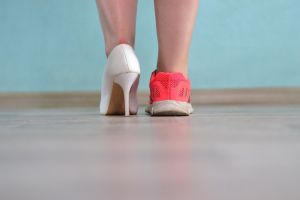
Regular stretching and strengthening exercises help maintain tissue flexibility and significantly reduce the risk of injury:
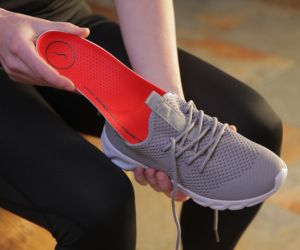
Heel pain prevention primarily depends on adopting healthy daily habits, from choosing appropriate footwear and maintaining foot flexibility to managing weight effectively. Applying these simple strategies not only prevents pain but also contributes to promoting foot health and improving their ability to function efficiently in the long term.
FAQs
A doctor should be consulted if the pain is severe and hinders daily movement, if it does not improve with home care after two weeks of rest, or if there is swelling, redness, or loss of sensation. Early diagnosis is necessary to determine the exact cause and develop an appropriate foot ache treatment plan, which may include physical therapy or medication.
Medical insoles are very effective for conditions resulting from biomechanical problems such as plantar fasciitis or flat feet. However, they may not be the optimal solution for other conditions like stress fractures or severe bursitis. Therefore, consulting a specialist to first determine the cause of the pain is the most important step before purchasing them.

